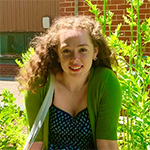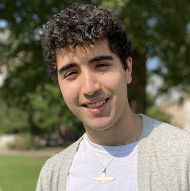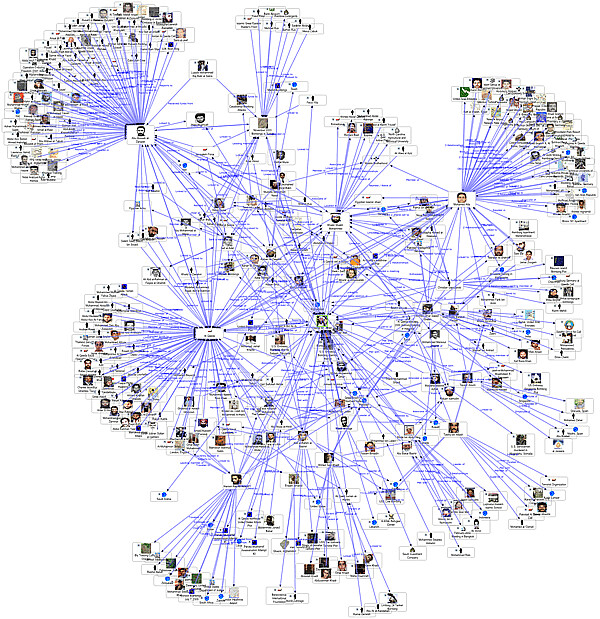Writing this story was dangerous. Before, I was only vaguely aware of the existence of Wordle, a wildly popular online word game created by Josh Wardle and recently bought by the New York Times. Now I can’t stop playing it. The objective of the game sounds deceptively simple: try to guess the right five-letter word in six attempts or fewer.
Thanks to Devang Thakkar, a fourth-year PhD student in Computational Biology and Bioinformatics at Duke, the 200+ Wordle games released before I discovered its charms are readily accessible online. So now I’m making up for lost time.
Thakkar recently spent a weekend building an archive of every Wordle game in existence. You can play them in any order. You can start at the beginning. You can start with today’s Wordle and work backward. You can sit down and play eight in a row. Just hypothetically, of course.
Devang Thakkar became hooked on Wordle when his roommate introduced it to him, but he wanted a way to access old Wordles as well. First, he experimented with manually changing the date on his browser to trick the computer into showing him old Wordles. However, his browser gave him an error message if he tried to go back more than fourteen days. To get around that, Mr. Thakkar wrote a Python script using a Python library called Selenium, which allowed him “to basically go back as much as you want.”
Thakkar combined his own data with an open-source Wordle project called WordMaster created by Katherine Peterson. With an open-source project, Thakkar says, “You put your work out there, and then someone else adds to it.”
Photograph courtesy of Devang Thakkar.
Whereas WordMaster randomly generates new five-letter words, Thakkar’s archive provides access to “official” Wordle games from the past. While there were many random Wordle generators already in existence, it was the usage of the official Wordle list and the ability to go back to a particular Wordle that set this archive apart. Thakkar also added features like the ability to share your answers with others and an option that lets users access Wordle games in a random order.
Thakkar tells me the project was “just for fun.” “I was bored… so I was like, ‘let’s make something!’” he says. Nevertheless, “That is essentially what I do for my work as well; I write code.” In the Dave Lab, Devang Thakkar uses sequencing data to study the origins of different types of lymphomas.
Photographs courtesy of Devang Thakkar.
When he’s not working or making Wordle archives, Devang Thakkar can often be found in Duke’s Innovation Co-Lab, where he enjoys woodworking and metalworking. His projects range from creations intended as gifts, like a laptop stand and beer caddy, to his own dining room table. Thakkar says the hobby, being very different from his normal work, helps him maintain work-life balance.
The Wordle project, on the other hand, required coding skills Thakkar uses daily. “This is just like work for me, but for fun.” He enjoys graphic design and board games and has “a special affection for board games with words.”
As for the Wordle archive, Mr. Thakkar says he never expected it to become so popular. He thought it would mostly be used by his friends, but the archive quickly accumulated millions of weekly users. “People keep sending me screenshots of their friends sending them this website,” he says.
Meanwhile, I’ve started noticing Wordle references everywhere. Just after I spoke to Thakkar about his project, I happened to stumble across a link to BRDL, a delightful Wordle spinoff that uses four-letter birding codes instead of words. By blind luck, I guessed the right code on my second try: AMGO, American goldfinch. A few days later, I overheard two students talking about the daily Wordle. Clearly, I’m not the only one who’s become hooked on the game. Fortunately for everyone who is, Devang Thakkar’s Wordle archive, which he called “Remembrance of Wordles Past,” offers unlimited access.



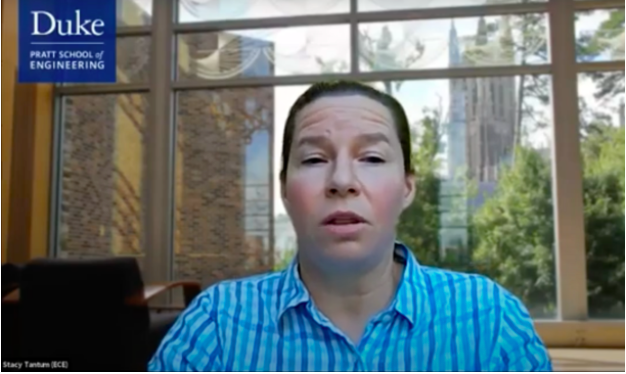
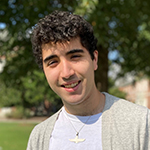

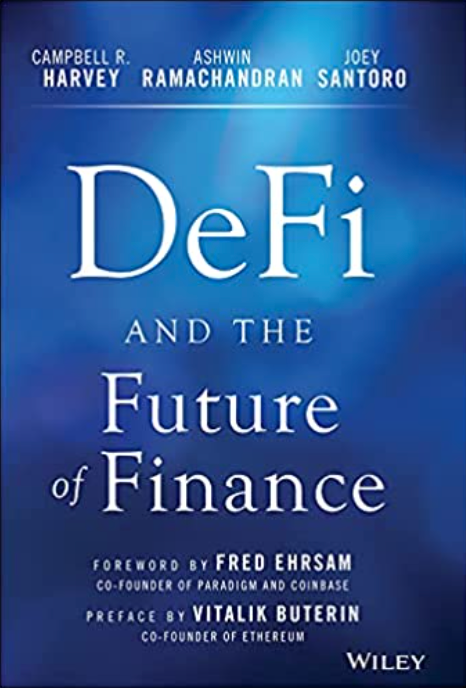

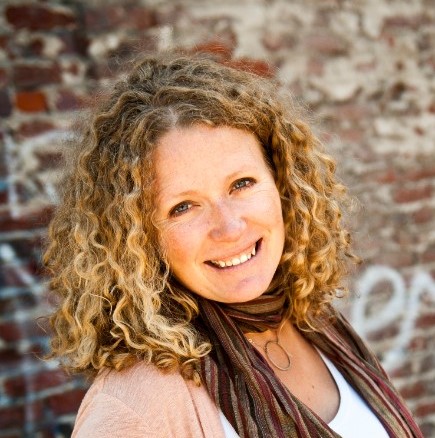






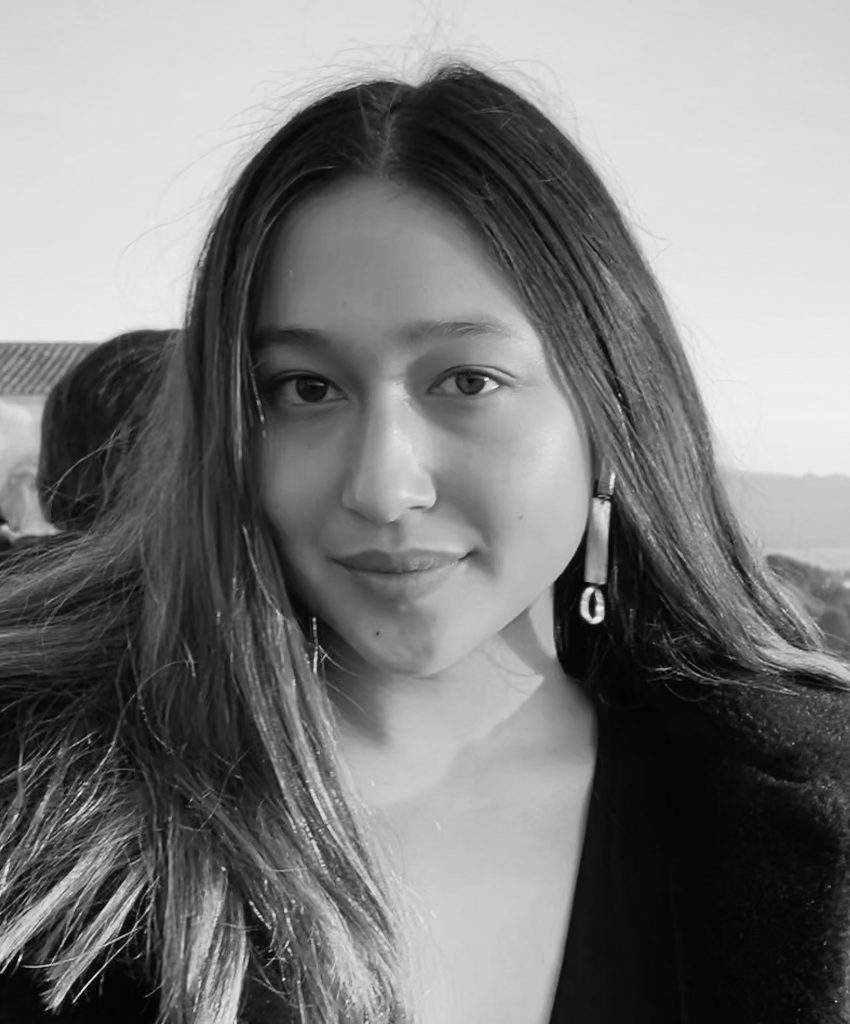



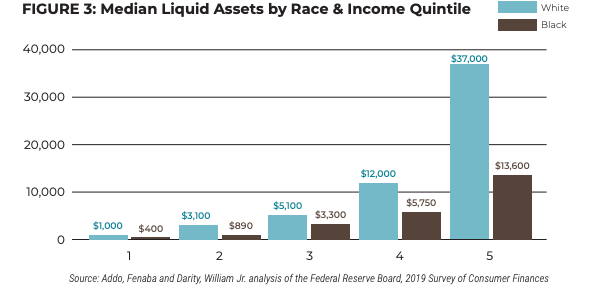

 Written by Skylar Hughes, Class of 2025
Written by Skylar Hughes, Class of 2025

